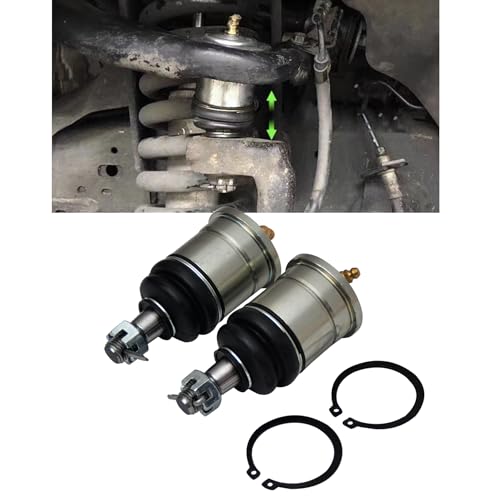The small hole shouldn't be blocked. Even submerged, it won't suck water in, but water will eventually drain out.
Air has a certain density. Water is 680 times more dense. When presented with a large aperture (the snorkel head) versus the relatively tiny drain hole, gases and fluids will find the path of least resistance, and if the vacuum created at the airbox's outlet by the turbocharger gets a choice between sucking nice easy-flowing air through a large pipe or relatively dense liquid through a tiny hole, the air will win every time. Not just most of the time, EVERY time.
When the engine stops or the intake suction is taken away so that the pressure above the water is the same as the pressure below the hole, any water lying in the bottom of the airbox will slowly seep out thanks to gravity. Without that, any water that enters your airbox will accumulate and eventually cause problems.


























